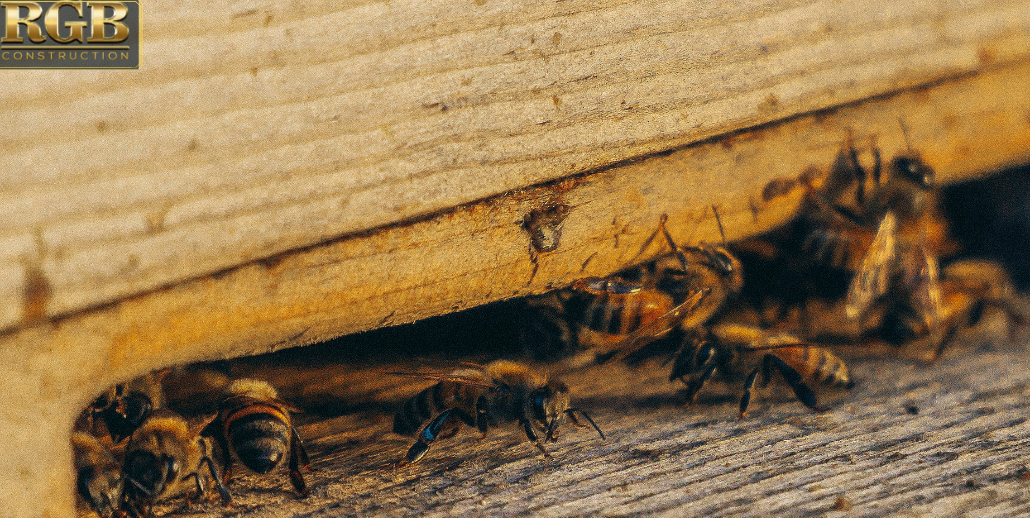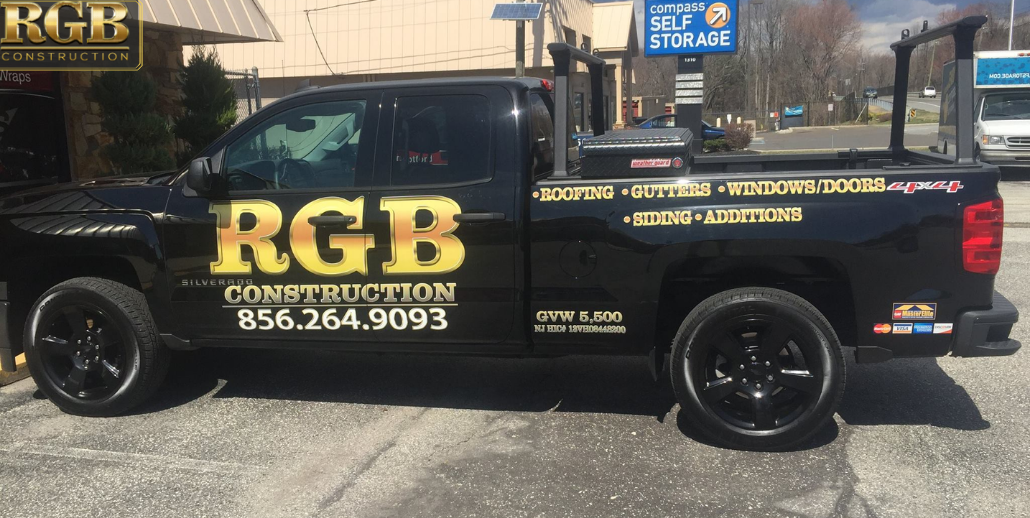One aspect of your roof that you may be overlooking is the importance of proper ventilation. Although your roof is mainly designed to protect your interior from the elements, there are other aspects of your roof that are just as critical as its protection. Your roof assists in the energy efficiency of your home and also improves the curb appeal. When it comes time to sell your home, curb appeal will make it more appealing to buyers. One of the ways that your roof helps keep your energy costs low is through proper ventilation, according to RGB Construction.
Consequences Of Improper Ventilation
When you think about problems with your roof, your first thoughts are usually about leaks, missing or broken shingles, and gutters that are overflowing because they have not been cleared of debris. Although these issues can cause serious problems, improper roof ventilation can be even more devastating. Improper ventilation can lead to uneven temperatures throughout your home. It can also shorten the lifespan of your HVAC system as it must work harder to keep your home cool in the summer and warm in the winter.
Shortened Roof Life
The biggest consequence to improper roof ventilation, according to RGB Construction, is excess moisture and heat which can cause your roof decking to decay, shortening the life of your roof. Water is one of the biggest hazards to your home, even if the water is in small amounts. The differences between outside temperatures and your attic can lead to condensation on the areas of the roof that are exposed. As condensation builds up, the wood gradually rots away.
Growth Of Mold And Mildew
In addition to causing the wood of your roof to decay prematurely, condensation can also encourage the growth of mold and mildew, some forms of which can be toxic. As they spread, mold and mildew can cause the air quality of your home to deteriorate, risking the health not only of your family but anyone who visits your home. Mold and mildew can also damage items you have stored in your attic, some of which may be irreplaceable. If the fungus enters the living area of your home, it can also damage your furnishings.
Ice Dam Formation
If you live in an area that sees snow and ice during the winter months, proper ventilation is even more critical. If your roof is not ventilated properly, heat can escape from the roof, causing snow and ice to melt. As the water from the melting snow travels to the edge of your roof, it can freeze again. Over time, this can lead to significant ice build-up known as ice dams which allow water to back up under shingles as well as the decking. The excess water causes damage to shingles and underlayment. If the ice dams remain for a significant period, there could be damage to your insulation, paint and items that are near where the damage has occurred.
Thermal Shock
Your roof does not just need proper ventilation in the winter, however. During the warm months of summer, the shingles on your roof are not only exposed to excessive heat on the top, but if your roof is not ventilated properly, it is also dealing with excessive heat from underneath. Even when the temperature is mild, a roof exposed to direct sunlight can heat up quickly. Because your shingles are forced to absorb more heat than they were designed to withstand, they begin to expand and contract, leading to cracking, breaking and deterioration.
Metal Components
There are many metal components in your roof, even if your roof is not made of metal. The fasteners that connect the shingles to the decking and the nails that hold the underlayment in place are all made of metal as is the flashing that protects seams from moisture. If your attic is not ventilated properly, however, moisture builds up on the roof, leading to corrosion of these metal components. Not only can this weaken your roofing materials leading them to fail, it can also reduce the curb appeal of your roof. This could lower the value of your home when you are ready to sell.
Pest Invasions
Should poor ventilation lead to roof decay, pest invasions are possible. Rot can cause small gaps or holes that will allow destructive pests including squirrels, mice, raccoons and birds to get inside your home. These animals can quickly reproduce, making the problem much worse in a short amount of time. These pests may also travel across your roof, leaving behind urine or excrement that can also deteriorate your shingles quickly.
Proper Ventilation
When roof ventilation is installed properly, cool air enters the attic through an intake, such as a soffit while the hot air is pushed out through exhausts, including vents or ridges. As the air flows through your attic, it keeps condensation from forming while also keeping the area under your roof cooler. This process helps keep your energy costs down and reduces how hard your HVAC system must work, both in the summer and the winter.
Maintain Balance
Roof ventilation is designed to maintain a balance between the flow of air into your attic and the air flowing out. Using natural forces, ventilation creates a simple push-and-pull effect to keep your roof working properly. If there is any interruption of the circulation, whether it is blocked or not properly installed, air only travels across the top of your attic while stagnant air remains at the bottom. Keep in mind that hot air rises which means your attic will absorb more hot air than the rest of your home unless you keep it properly ventilated.
Proper roof ventilation is critical if you want your roof to last as long as possible. Failing to properly ventilate your roof could lead to problems regulating the temperature in your home, a shorter lifespan for your HVAC system as well as a roof that could begin decaying long before it should. Contact RGB Construction today by filling out the easy online form or giving them a call to arrange for a no-obligation inspection to see if your roof ventilation is adequate.











